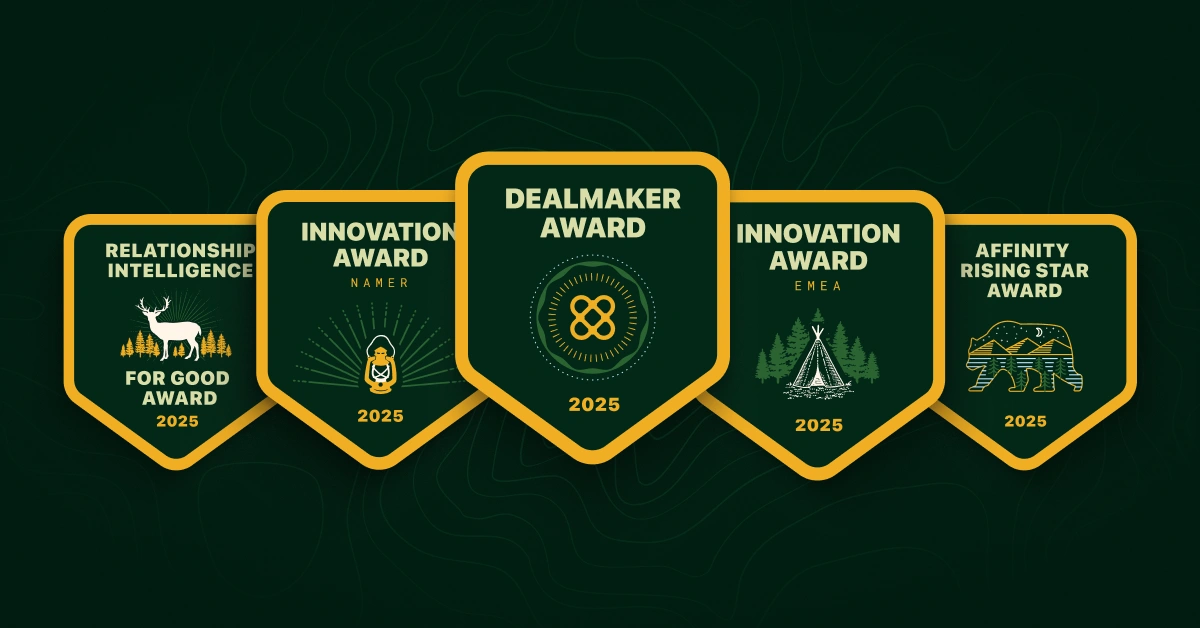As dealmaking slowed in 2023, many investment firms turned their attention to their existing portfolio companies. Now firms are seeing the fruits of their labor; companies that weathered a difficult year are in a stronger position to thrive in 2024 as the investment landscape begins to look a little brighter.
Charles Guo, Head of Strategy and Operations at Sapphire Ventures, spends much of his time serving portfolio companies in business development, talent recruitment, and, in his words, “revenue excellence.” When he looks ahead at the following year, he’s excited.
“Some great companies have been created in down markets,” he said. “Because they were able to survive in those markets, they became dominant players. I think this is the current mindset of the executives we’re working with—they’re thinking, ‘hey, I'm still around, and now is my opportunity to get the customer.’”
We asked Guo about his best practices for making sure his portfolio companies are in the best position to grow, regardless of market conditions. Watch the full conversation or keep reading for the highlights, with time-stamps to help you dive deeper at key moments.
Trading in the job title for job architecture
When founders think about talent, Guo said they often understand which job titles and roles they need, but they may not know the type of person who would be the best fit. Sapphire Ventures offers what Guo said are “white glove services” to fit the specific needs of every company, and he sees one of the firm’s primary value-adds as fleshing out the persona behind the title.
“There's a lot of job architecture behind figuring out what a job spec looks like beyond what a board member might think,” Guo said. “We build digital tools and assets that help founders know what they want when they walk into a board meeting, so they can pinpoint which types of companies have a CRO or VP of Sales that matches their actual needs.”
Expanding network breadth and depth with technology
Guo and his team have curated a small group of growth advisors that have deep expertise in their subject matter. For example, some growth advisors have tremendous pricing and packaging experience, while others are experts in cloud technology. Guo sees these advisors as some of the best resources Sapphire can offer their portfolio companies.
But it’s a network that requires constant growth as the needs of their portfolio companies—and the investment landscape as a whole—change. “LinkedIn captures our individual networks, but Sapphire is not just one individual,” Guo said. “We have a lot of other folks at the organization, whether they’re investors or functional leads, that have their own relationships. Everyone at Sapphire gets to tap into those networks when we use Affinity CRM.”
Guo said portfolio companies are always asking his team for introductions to contacts at specific companies, and they’re able to use Affinity to see who they know on a firmwide basis. “We have complete context,” Guo said. “We can see all interactions through email and meetings, and we're able to make informed introductions or set up advisory sessions with different parties.”
Where AI fits into portfolio growth
Guo is optimistic about AI use cases for portfolio growth, but he acknowledges there are still some kinks to work out. Currently he’s thinking about AI as a useful tool for expanding on “memory recall” when trying to think about people who might be a good fit for the companies he supports.
“At the moment a lot of our candidate searches are based on memory recall,” he said, “but our network is so broad that we need AI to surface information quickly. We also need that information synthesized in a way where it produces a repository of insights, not just as another data dump from a different tool.”
But Guo said the human element is still important for contextualization. “Recommendations from AI can get to a group of answers faster, but I think the human element is understanding the context,” he said. “For example, it’s not good enough to send an AI-generated list of candidates to an executive. AI can’t tell them the reason this particular candidate was a superstar, or where they may have faced challenges in their work. Most AI is fuelled by publicly available information, so it can’t have all the context you need about a candidate.”
Where Guo feels most optimistic in the immediate term is with Affinity Notetaker, which he said seems “like such a simple thing,” but the time savings have been worth it. “An AI notetaker that synthesizes and captures next steps allows us to write what was previously a 30-minute post-email draft in 10 minutes. That’s 20 more minutes to focus on other projects.”
To find out how best to support your portfolio companies, watch the whole webinar here. You’ll also leave with an understanding of how to:
- Match the right software to your startups’ growth phase
- Set goals to ensure alignment between VCs and portfolio companies
- Measure the success of VC-backed support







.png)


.webp)
.webp)
